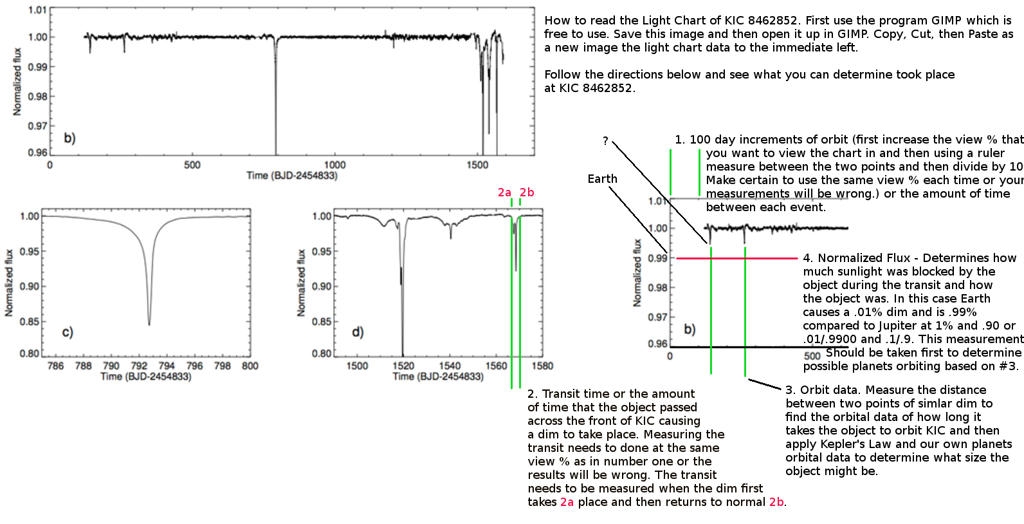The one where the guys created thermite and set fire to Richard Feynman's camper van?
Last edited:
Could you be less specific, please?It could be possible that something interacted
Could you be less specific, please?
We could ask Lucy Lawless to fly there and check it out?I think a wizard did it.

Hulk not understand. Reas-on-able?Why the dims of KIC 8462 be comets?
... proven beyond a reasonable doubt.
Here is a comment from Jason Wright's group.

We use essential cookies to make this site work, and optional cookies to enhance your experience.
